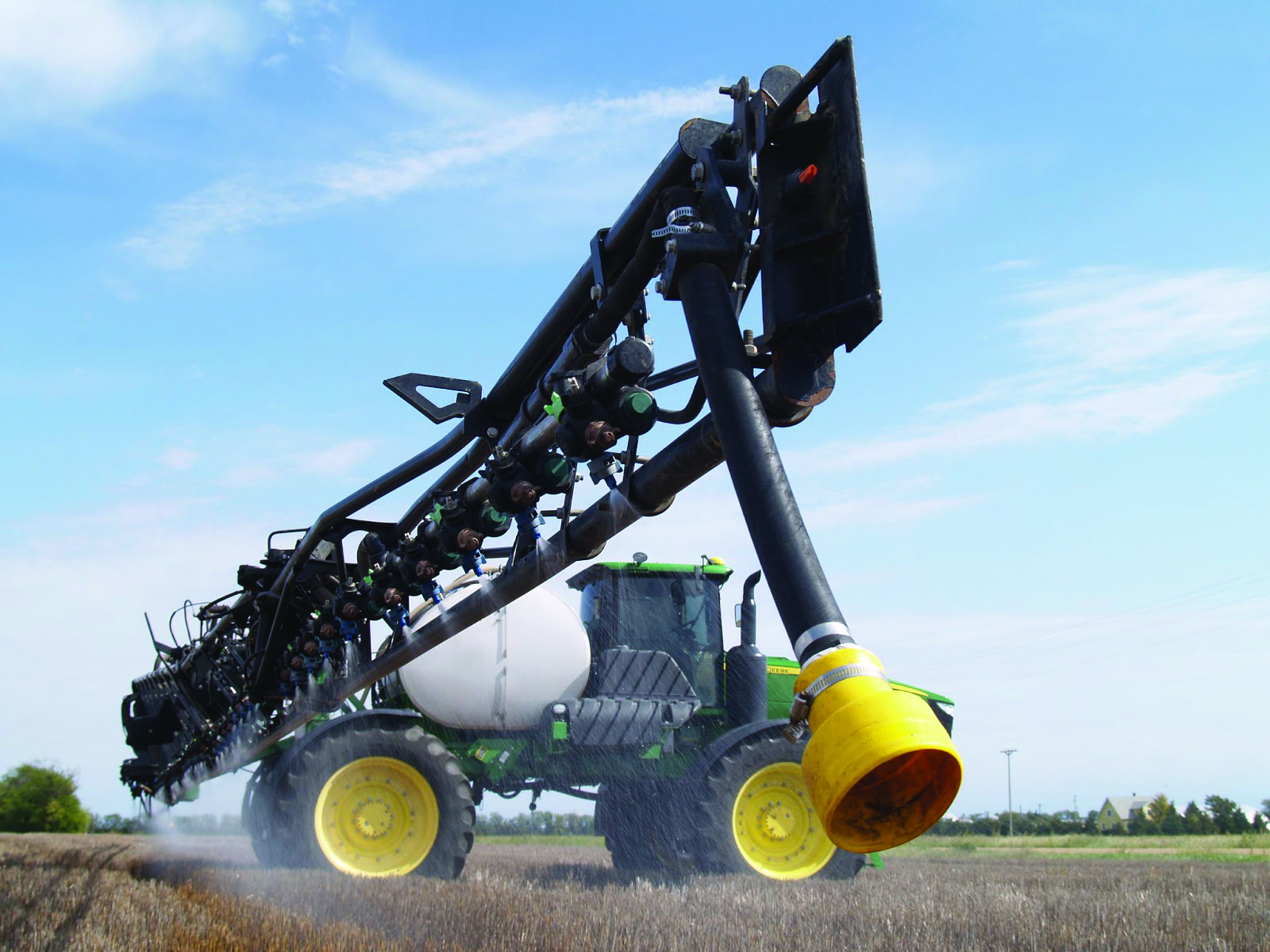
There is a lot of speculation about a herbicide shortage for the 2022 growing season, which will impact weed management decisions starting with fall applications.

There is a lot of speculation about a herbicide shortage for the 2022 growing season, which will impact weed management decisions starting with fall applications.
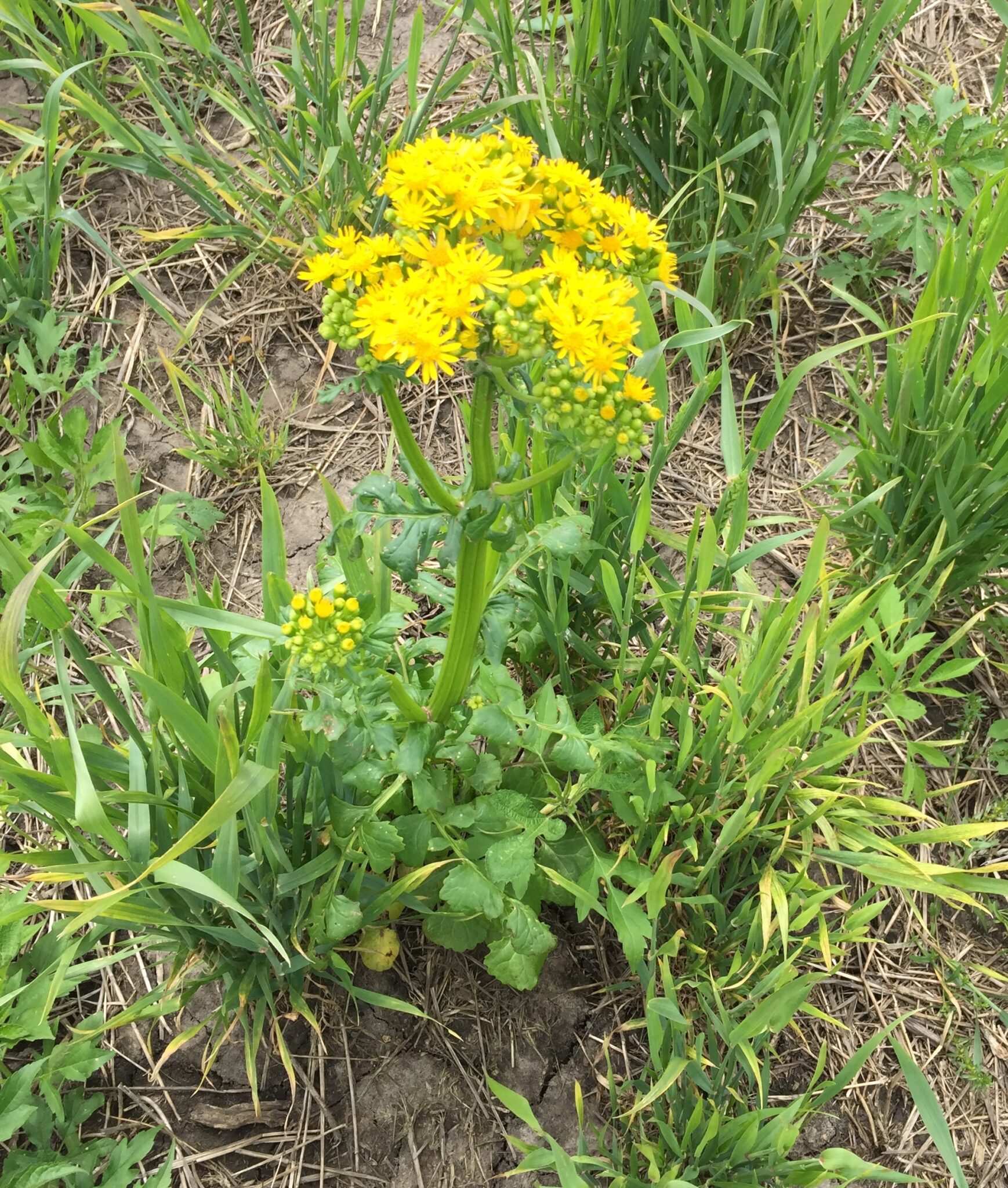
Each fall we revise and update our Weed Control Guide for Ohio, Indiana, and Illinois (WS-16) publication. This year, in addition to incorporating a few new herbicide names and subtle label change information, we are adding information to the problem weed section on control of Cressleaf Groundsel, Poison Hemlock, and Annual Bluegrass. Since some of the best control strategies for all three of these weeds involve using herbicides applied in the fall, I decided to use this information in newsletter article. Cressleaf groundsel is a winter annual weed that has become more prevalent in pastures and agronomic crop ground over the past decade. The small seeds produced by this weed allow it to thrive in reduced and no-till systems as well as poorly established pastures. Cressleaf groundsel emerges as a rosette in the fall then bolts, flowers, and produces seed in the spring. Basal rosette leaves are deep[Read More…]
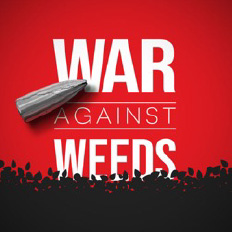
Are you interested in keeping up with the latest weed management information?
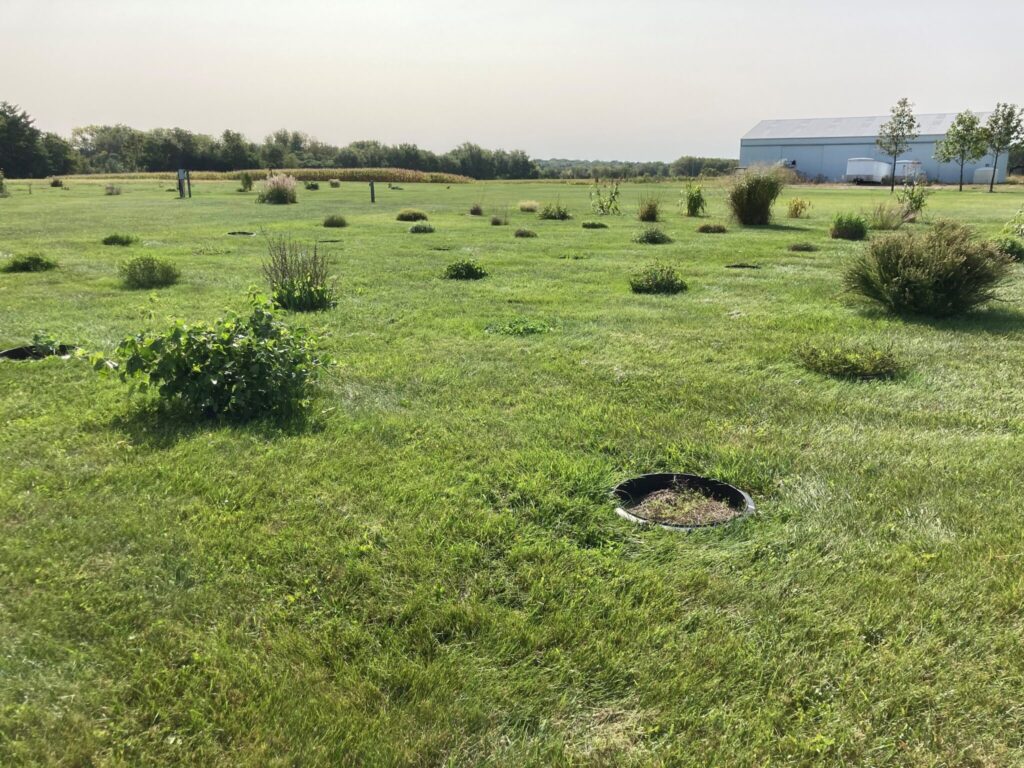
Plants are around us no matter where you live. I am challenged with plant identification as an agriculturalist and enjoy learning to identify plants that are not in production agriculture, too. This week I was asked to help a producer identify a weed growing in a recently seeded orchardgrass field. Purslane was the plant in question. An email request was shared this week with me about identifying plants in a pasture that may have caused several beef cattle deaths. Did poisonous plants or another concern cause cattle deaths? Learning how to identify plants is a worthy skill. Too many of us learned how to identify poison ivy from the unfortunate contact we had with it on a hike or learned how to identify it from someone else that felt itchy discomfort. Some individuals have taken an interest in foraging out food resources in the great outdoors. They took time to[Read More…]
Indiana growers have shown increased interest in utilizing cover crops in our corn and soybean production systems over the last decade. Concurrently, there has also been increased utilization of soil residual herbicides to help manage herbicide-resistant weeds such as marestail (horseweed), waterhemp, and giant ragweed in our corn and soybean production systems. Soil residual herbicides can remain active in the soil for a period of weeks to months after application. The length of time a residual herbicide remains biologically active in the soil is influenced by soil texture, soil pH, organic matter, rainfall, and temperature. Since these factors will vary from field to field, definitive time intervals of residual herbicide activity can be difficult to predict. The use of residual herbicides in our corn and soybean production systems may interfere with establishment of fall seeded cover crops under certain conditions. Unfortunately, many of the species being used for cover crops[Read More…]
The Purdue Weed Science team is hosting an educational field day for farmers, agricultural industry professionals, Extension educators, consultants and others who apply herbicides.

Favorable weather and soil conditions for planting during the last two weeks of April allowed many growers to get their soybeans planted relatively early this year in many parts of Indiana.

Due to the recent cold wet weather, corn planted in April has either struggled to emerge or the corn that did emerge may have been injured by frost events or it looks bad because of the cold weather.
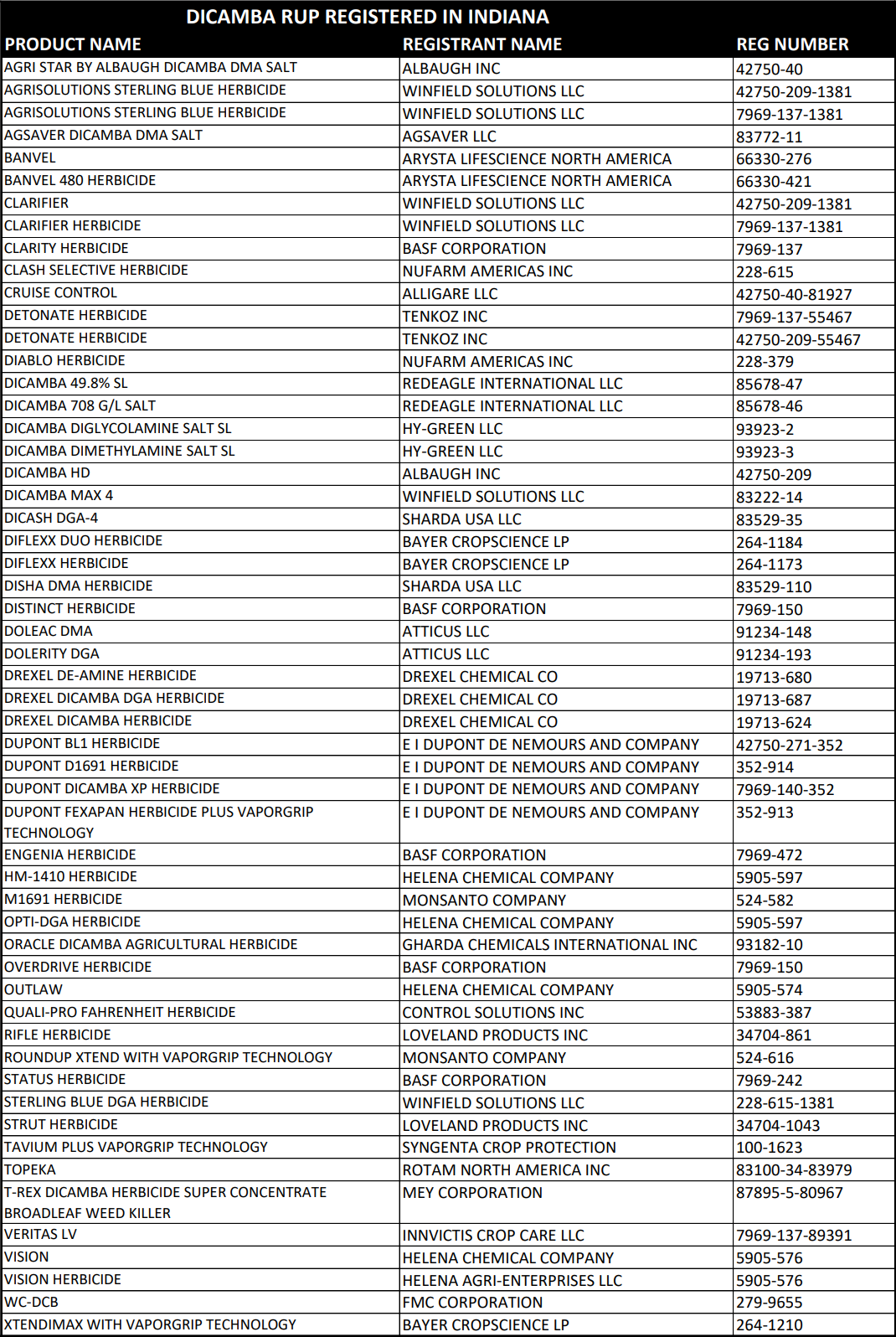
Planting season is at full swing and postemergence (POST) herbicide application season will be here soon with the recent rains we have received.

Every spring we receive several calls and e-mails about a certain 3-foot tall weed with yellow flowers (Figure 1). The most common yellow flowered weeds we have in Indiana are cressleaf groundsel, the buttercup species, and dandelion.
© 2025 Purdue University | An equal access/equal opportunity university | Copyright Complaints | Maintained by Pest&Crop newsletter
If you have trouble accessing this page because of a disability, please contact Pest&Crop newsletter at luck@purdue.edu.